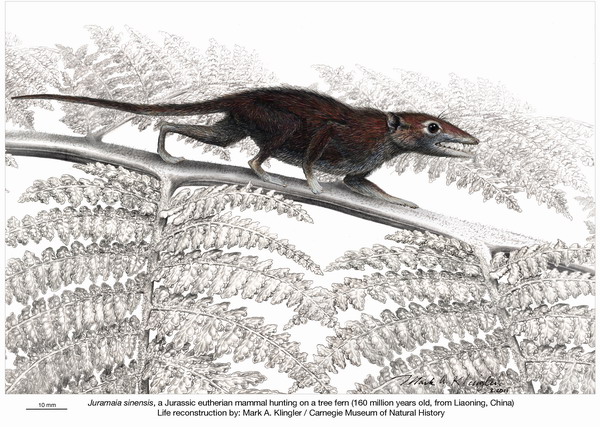News
Press Conference at BMNH on the Discovery of Juramaia sinensis
published:2011-08-31
On the morning of August 25, BMNH and
Discovered in the 160-million-year-old Tiaojishan Formation of Jianchang County, Liaoning Province of
The holotype specimen of Juramaia sinensis was found in 2009 by Dr. Qiang J, and it is kept in the Beijing Museum of Natural History. The research was supported by the 973 Project of Ministry of Science and Technology of China, National Natural Sciences Foundation of China, Beijing Institute of Science and Technology (BJAST) Innovation Team Program, China Geological Survey, and National Science Foundation of USA.
In recent years, Beijing Museum of Natural History has shifted its research focus and defined its mission in natural history museum research as ‘on the basis of collection enrichment to build cooperative bases with fossil quarries and specimen suppliers, to concentrate its effort on key study areas, to cooperate with renowned domestic and foreign universities, academies, museums and scientists, and to combine biology with museology’ and has made notable achievements. This constitutes another significant collection and research feat after the March 2010 Science paper resulting from a cooperative project with
Eleven influential media sent reporters to the press conference.

